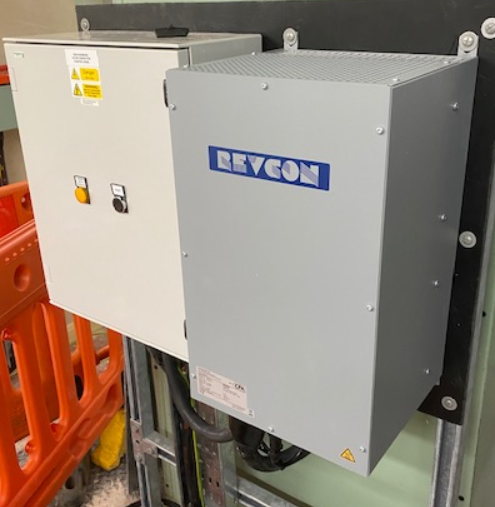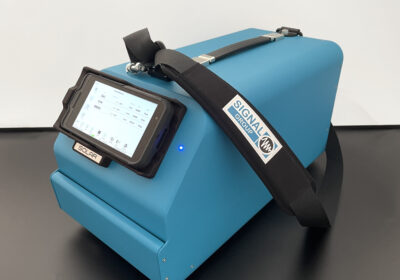~ How facility size influences harmonic mitigation ~
According to a Make UK survey, 60% of manufacturing bosses are concerned about the impact of blackouts on their businesses. The rise of non-linear loads in industrial environments, and the growing problem of voltage distortion, will only exacerbate these fears. Here John Mitchell, global sales & marketing director at power quality specialist CP Automation, outlines the steps to harmonic mitigation.
Power quality influences equipment reliability, lifespan and overall productivity in industrial facilities. Voltage distortion can wreak havoc by damaging equipment, with symptoms including voltage notching, motor vibration, arcing on bearings, nuisance tripping, electromagnetic interference (EMI/RFI) and overheating.
Despite its importance, those working in production facilities rarely monitor power quality in real-time. Therefore, they are unlikely to notice any power distribution issues until they impact production.
Identifying the problem
Firstly, uneven power distribution will impact how equipment operates — some machines may be overworking while others will not operate at capacity, leading to higher energy consumption in some areas.
While often unintentional, harmonics can accelerate wear and tear, reducing the machine’s lifespan. Typically, electrical equipment such as variable speed drives (VSDs) can last 7 to 10 years but this will be reduced significantly when supplied with poor power quality.
If a manufacturing team wants to add more equipment, but is unaware of what’s causing the capacity issues, it may want to install more equipment for power generation, like solar panels and generators. However, it would be more cost-effective to survey the current power capabilities and invest in harmonic mitigation, instead.

Map the facility
Effective harmonic mitigation requires a survey. A reliable power quality engineer will create a single line diagram of the factory, looking at the facility’s architecture from the transformer right down to the individual assets. Looking at existing power quality measures will influence the harmonic mitigation strategy.
To correct those motor control methods, typically tuned power factor correction (PFC) would have been installed. Upgrading to VSDs or soft starters allows the facility to gain greater control of its process and reduce energy consumption while improving power factor, making the PFC installed unnecessary.
However, this can also increase the harmonics on-site, which might need to be mitigated, and bring an added risk if the tuned PFC is installed, creating resonances or failure due to harmonics destroying the capacitors.
Power quality specialists will take measurements to understand power capacity and usage across the site. A week of monitoring gives engineers sufficient visibility over operations and the cause of potential problems.

Building a strategy
Taking the time to understand the facility, its equipment and current power distribution will enable power quality specialists to design an effective upgrade and harmonic mitigation plan. Cost, as well as short-term and long-term needs, are some of the key factors that influence mitigation strategies.
Best practice
Reducing harmonics will be key to solving any issues with power quality and distribution. The equipment used on site and severity of harmonic distortion can influence what equipment to use, such as active and or passive harmonic filters.
Ensuring compliance with relevant industry standards and regulations will also be key to effective harmonic mitigation. It also provides best practice on the harmonic assessment process. Following network operator and power quality standards, such as EN 50160, or other standards like IEEE-519 is also vital during harmonic mitigation.
Review
It is also important to assess power distribution after installation to prove the upgrade has delivered the intended result.
Facilities managers can also install equipment that monitors harmonics and power quality in real-time. If there’s an issue or a problem in the facility that needs investigating, power quality specialists can access the monitoring equipment remotely and conduct root cause analyses.
As shown by the Make UK report, blackouts represent a significant concern for manufacturing facilities, so improving resilience, reducing costs and boosting efficiency is key. By taking the time to assess the facility, gain visibility over power distribution and implement an effective harmonic mitigation strategy, facilities can deduce the cause of their problems and maintain power quality.
Need help planning your harmonic mitigation strategy? Speak to one of our experts to book a power quality assessment.






